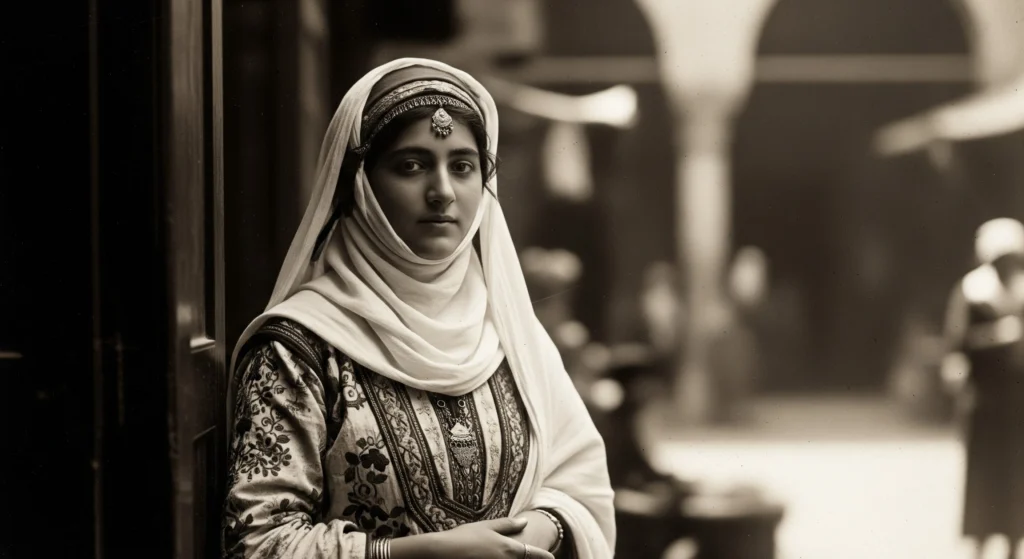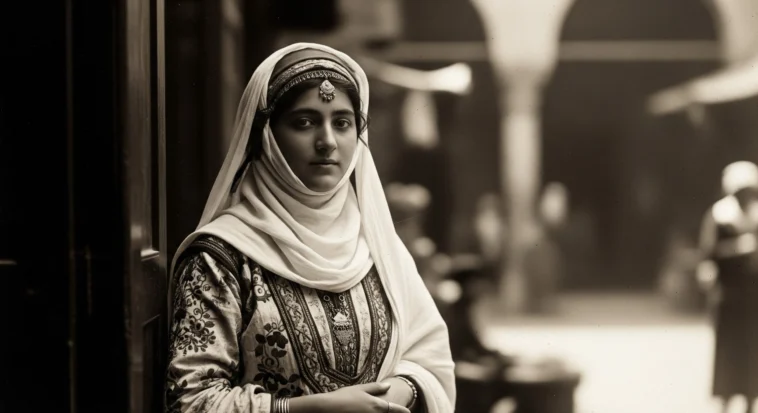
When you look at women’s rights through history, the rise of Islam in 7th-century Arabia stands out as a game-changer.
Before that, women in Arabia had very few rights — but Islam flipped the script.
Suddenly, women gained legal protections, property rights, and a higher social standing that was rare compared to both their own past and other civilizations at the time.
It wasn’t oppression — it was actually a radical step forward.
The Pre-Islamic Context: Understanding the Starting Point
To really get why Islam changed women’s lives so much, you’ve got to picture Arabia before 610 CE.
They even called it the Jahiliyyah — the “Age of Ignorance.”
Back then, life for women depended on your tribe and class, but for many, it was rough.
Some tribes practiced female infanticide because daughters were seen as “too expensive.”
Women couldn’t inherit much, their voices in disputes were often ignored, and marriages were usually business deals decided by families, not the women themselves.
But here’s the twist: not all women were powerless.
Some from powerful tribes acted as mediators or even leaders.
And stories like Queen Bilqis of Saba remind us that women’s leadership wasn’t unheard of in the region. It just wasn’t the norm.
The Islamic Revolution: Transformative Changes for Women
When Islam appeared in 610 CE, it flipped the script on women’s rights in ways that were groundbreaking for the time.
Legal Rights and Property Ownership
For the first time, women could own stuff—land, houses, money—without needing a man’s permission.
They could inherit family wealth too.
Sure, their share was usually smaller than a brother’s, but compared to having nothing before, this was a huge leap.
In fact, even women in the powerful Byzantine or Persian empires didn’t have rights like this.
Marriage and Family Rights
Marriage was no longer just a family “arrangement” but was now all about consent.
Women could make conditions in their marriage contracts, retain their maiden names, and retain their property (the mahr, or dower).
They even had the right to insist on divorce in some situations.
Islam also abolished female infanticide, abominably prevalent before.
The Prophet Muhammad turned cultural norms around by commending people who raised daughters in love and honor.
Educational and Intellectual Activities
Islam caused men and women to learn.
That’s how you have totally amazing women like Aisha bint Abu Bakr, an elite scholar, instructing in law, medicine, and history.
Picture being a teenager back then and men and women rushing to you for guidance—that’s the extent of her authority on people!
She transmitted more than 2,000 hadith (Prophet’s sayings), influencing Islamic thought for centuries.
Women’s Social and Economic Participation
Early Islamic society gave women chances they rarely had before.
Women weren’t stuck at home — they ran businesses, cared for the sick, taught, and owned land.
Imagine a teenage girl watching Khadijah bint Khuwaylid — a top merchant — direct caravans, sign contracts, and hire workers.
That showed other women that being economically independent was possible.
Professional and Commercial Activities
Women are found in various fields of work as per history, such as:
- Medicine and Healthcare: Women worked as doctors, midwives, and healers, caring for mothers and babies.
- Education: Female teachers educated girls and boys with religious and practical knowledge.
- Commerce: Women operated shops, trade businesses, and managed money.
- Agriculture: Women participated in farming and even owned land.
- Craftsmanship: Women artisans created clothing, ceramics, and domestic items.
Social and Religious Participation
Women participated in public and religious life — attending mosque events, participating in religious discussions, and even directing some women in prayer.
The later strict seclusion (purdah) was yet to come; in the early phase, women traversed public life, made themselves heard, and influenced public life.
Comparing Early Islamic Women’s Rights to Contemporary Civilizations
To really get how groundbreaking early Islamic reforms were, you’ve got to look at what was happening around the world in the 7th century.
Picture it like lining up civilizations side by side — and Islam’s changes for women stand out as game-changers.
Byzantine Empire
In the Byzantine world, women were mostly kept out of public life.
Owning property? Very limited. Education? Only if you were born into serious wealth.
For the average girl, doors were closed before she could even knock.
Persian Empire
In Sassanid Persia, your life as a woman depended a lot on your family status.
Noblewomen had some privileges, but most women had little control over property or say in society.
Imagine living in a world where your class decided your freedoms.
European Societies
Meanwhile, in medieval Europe, women were often legally treated as property of their fathers or husbands.
Education was rare, usually limited to women in religious roles.
For most girls, the idea of owning land or studying philosophy was almost impossible.
The Gradual Transformation: Changes Over Time
Women’s work in Islamic societies didn’t remain constant — it changed considerably after those early years.
As the empire expanded and interacted with new cultures, politics, economies, and traditions all merged and altered how laws and ordinary life addressed women.
It was a prolonged remix: the initial track was good, but as new musicians (cultures, leaders, scholars) contributed their sections, the song progressed — sometimes for the better, sometimes for the worse.
Reasons Which Drive Change
- Synthesis of Cultures: As Islam spread, the native culture seasoned how people lived it — such as adding spices native to a region to food.
- Political Evolution: New dynasties and leaders altered priorities and legislation, so women’s rights varied under different regimes.
- Economic Evolution: Evolutions from tribes to cities redefined work and money roles, and that altered what women did and owned.
- Scholarly Interpretations: Clergymen opposed and penned a number of rules — the controversies over the years resulted in varying practices regarding women’s rights.
Lessons for Modern Understanding
Looking back at women’s rights in early Islamic societies isn’t just history trivia — it actually gives us some powerful takeaways for today.
Here are a few lessons worth holding onto:
Historical Context Matters
Sure, some of the rights given to women back then might not wow you compared to modern standards.
But in 7th-century Arabia, these changes were revolutionary — like jumping from a flip phone straight to a smartphone overnight.
Compared to other civilizations at the time, Islam’s reforms were way ahead of the curve.
Distinguishing Between Religious Principles and Cultural Practices
Here’s the thing: not everything people blame “religion” for is actually in the religion.
A lot of the restrictions on women came later from cultural habits, not the original teachings.
Early Islam was much more balanced and fair than what some later practices made it seem.
The Importance of Education and Economic Independence
Early Islamic society put a huge spotlight on learning and letting women earn their own money.
Think of Khadijah, the Prophet’s wife, who ran her own business like a boss.
Education plus economic freedom gave women power back then — and honestly, it’s still the secret sauce for gender equality today.
Conclusion: A Complex Historical Legacy
Think of the early Islamic reforms as akin to writing ‘one rule’ for chess, which “overwhelmed” both pre-existing rules and other societies.
The game’s popularity prompted people to modify the rules, incorporate local customs, and occasionally alter the original concepts.
The story is not merely about good and bad, but also about the real breakthroughs and boundaries.




GIPHY App Key not set. Please check settings